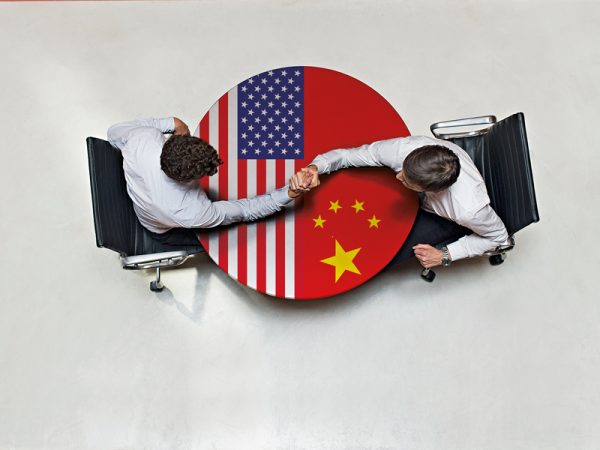Top U.S. and Chinese officials will resume trade talks in Stockholm on Monday, aiming to extend a tariff truce by three months and prevent a rise in duties that could impact global supply chains.
The talks are being held at Rosenbad, the Swedish prime minister’s office, with both countries’ flags raised at the venue.
The new round of negotiations follows a Sunday deal between the United States and the European Union to impose a 15% tariff on most EU exports, including autos. While a breakthrough is not expected in Stockholm, both sides are likely to agree on extending their tariff and export control ceasefire, first struck in May, for another 90 days.
China faces an August 12 deadline to reach a longer-term agreement with the Trump administration. Without a deal, tariffs could return to triple-digit levels and further disrupt trade.
Previous talks in Geneva and London in May and June helped lower tariffs and restart flows of rare earth minerals and some U.S. tech products.
President Trump said Sunday that the U.S. is close to a deal with China and suggested an agreement had nearly been reached. He also said he is considering a trip to China, which could include a meeting with Chinese President Xi Jinping in October or November.
The Financial Times reported that the U.S. paused new tech export curbs on China to keep the trade talks on track. The Commerce Department’s export control bureau has been told to avoid stricter measures for now, according to current and former officials.
Discussions in Stockholm are expected to remain focused on tariffs and trade flows, not deeper issues like China’s export-driven economic model or U.S. tech restrictions. The talks may also support preparations for a Trump-Xi summit later in the year.
China is expected to push for a reduction in the multi-layered U.S. tariffs that now cover most Chinese exports. In return, Beijing could revive its earlier pledge to buy more American farm goods and industrial products.
Washington is seeking economic rebalancing in China through more domestic consumption and less reliance on exports.
The U.S. trade deficit with China reached $295.5 billion in 2024. Any new tariffs could further disrupt sectors like semiconductors, pharmaceuticals, and cranes.




